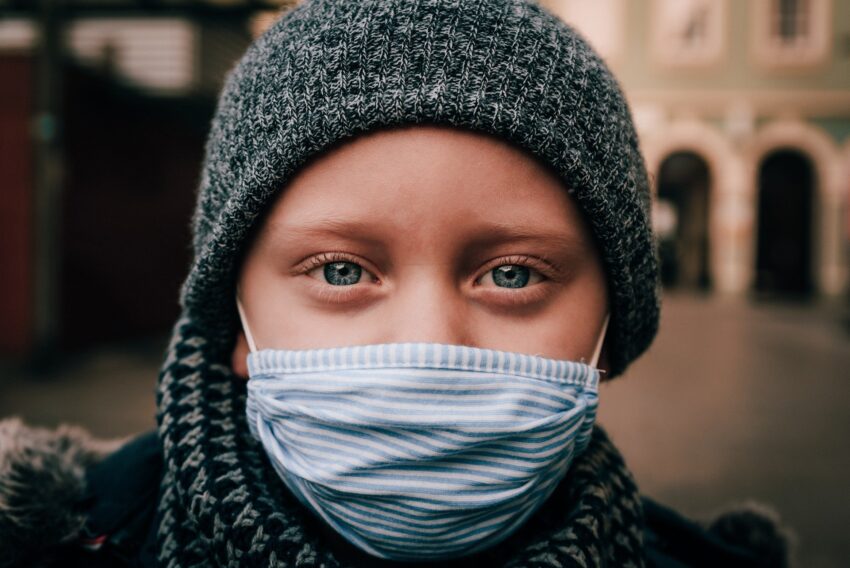Remember when the world wasn’t completely on edge dealing with a deadly global pandemic?
Yeah, neither do we. It’s now been over a year since COVID-19 first surfaced. In that time, it has killed over two million people. For context, according to the Centers for Disease Control and Prevention (CDC), the seasonal flu results in an average of 63,000 deaths a year.
Now that we’ve put to rest the notion that the novel coronavirus is ‘just the flu,’ let’s talk about what we can do to help curb its spread. Because unless we want to deal with more outbreaks, more deaths, and more lockdowns, we all need to do our part. We need to wash our hands, isolate when appropriate, work from home if possible, and practice social distancing.
We also need to wear masks when in public. This is where most frequently see people making mistakes, born of either a misconception about what masks do or from simple ignorance. Let’s set both to rest with a few important reminders about mask use.
You Aren’t Just Protecting Yourself
One of the most common misconceptions about masks is that they’re exclusively for the sake of the wearer. It’s a common retort used by anti-maskers — if you’re scared enough to wear a mask, why should they be inconvenienced? The reality, however, is that masks don’t solely protect the wearer.
On the contrary, as noted by online medical publication WebMD, wearing a mask helps you from spreading the virus in the event that you’re asymptomatic. In countries with high mask use, the pandemic’s spread is far less pronounced and severe. And per The Hub, a publication at Johns Hopkins University, masks actually do reduce the number of germs the wearer breathes in.
Even the study most frequently cited by anti-maskers, DANMASK, proves that masks are both beneficial and necessary. At this point, refusing to wear one is the height of selfishness. In doing so, you are saying that your personal convenience matters more to you than the lives of others.
That’s not okay. You do not get to insist that people should simply stay home because you don’t feel like wearing a mask. Have a little compassion and common courtesy.
Don’t Half-Mask It
If you wore a welding shield over only half your face, would you be protected from the glare and the sparks? If you wore an oven mitt that only covered two fingers, would you be willing to grab something out of the oven? If you wore shoes that didn’t cover your heels, would you go outside?
You see where we’re going with this, right?
If you commit to wearing a mask, it needs to cover the entire lower half of your face to be effective. Respiratory droplets are one of the primary transmission vectors for COVID-19. Moreover, per WebMD, the virus primarily dwells in the nasal passages.
If you insist on leaving your nose uncovered, you might as well not wear a mask at all.
Keep It Clean
As the pandemic has worn on, many of us have made the switch from disposable masks to reusable ones. On the one hand, this is a good thing because it both reduces waste and frees up surgical masks for the frontline workers who desperately need them. On the other, it carries its own set of risks.
For instance, when’s the last time you cleaned your mask?
We aren’t just talking about the occasional spritz of hand sanitizer. We mean actually running it through the washing machine. See, because masks trap respiratory droplets, they provide the perfect environment for germs.
This means that the longer you go without washing it, the filthier it gets.
Per Doctor Lisa Locker Maragakis, Senior Director of Infection Prevention at the Johns Hopkins Health System, you should wash your mask after every wearing and throw out any disposable filters. For this reason, she recommends owning at least two face masks. That way, when one mask is in the wash, you’ve still got one to wear if you need to go out.
Don’t Be Selfish
The pandemic isn’t going to go away, no matter how much we wish it would. That’s why we all need to do what we can to help flatten the curve. We’re all in this together, and we need to work together to get through it.
